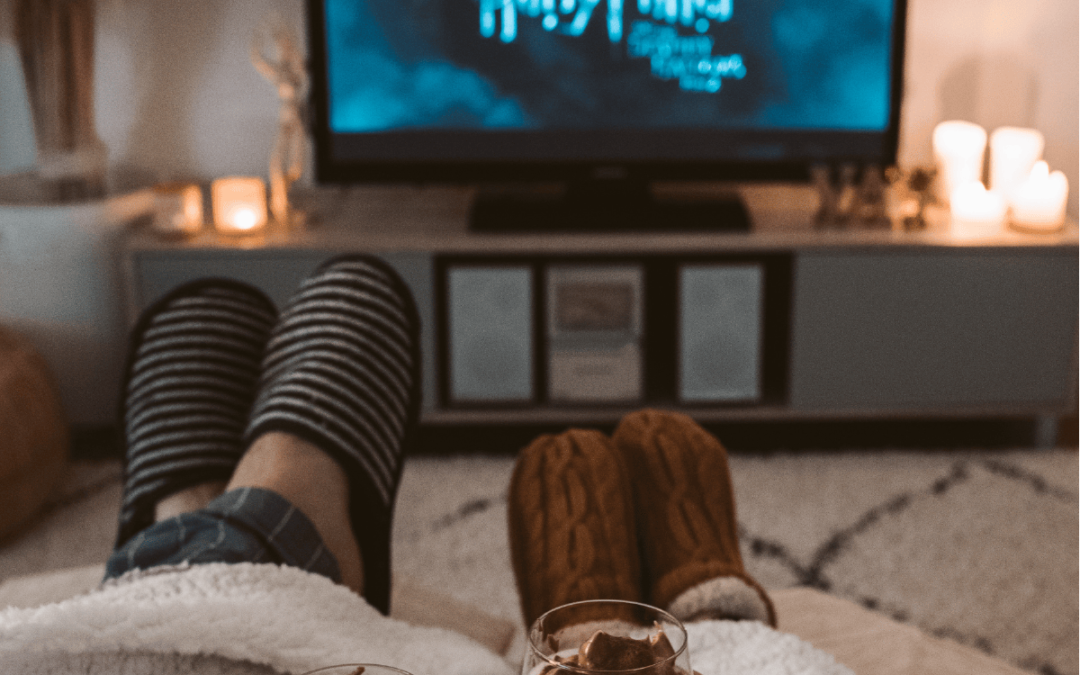
Gone are the days when televisions dominated space with their bulky frames, fitting awkwardly into living room furniture. The era of flat screens has transformed these once-ponderous devices into sleek, stylish centerpieces. In today’s world, they’re as integral to your living space as the sofa itself. But how close should you place it? What’s the optimal height? Get ready for answers and a sneak peek into upcoming trends.
If space is at a premium, the wall is your best friend. Mounting your TV frees up precious floor space, creating a sleek and modern aesthetic. Before you dive in, ensure your wall can handle the load (a 42″ TV weighs about 15 kg) and choose the right anchors (usually provided by the manufacturer). And don’t let tangled cables spoil the view! Consider hiding them within the wall. Mounting options vary from fixed to tiltable to full-motion, catering to your preferences.

Bigger is better, but within reason. The goal isn’t to turn your living room into a cinema, nor to squint like you’re watching a tennis match. Striking the balance is key. For every 10 inches of screen size, maintain a separation of 50 cm from your seating area. Finding that sweet spot ensures both comfort and an immersive viewing experience.
When it comes to determining screen size based on distance, let this guide be your compass:
- 30 inches: 1.5 meters
- 45 inches: 1.8 meters
- 50 inches: 2.25 meters
The perfect height? Simple – align the center of the screen with eye level. The general rule is to have the average eye height (when seated) around 85 to 100 cm above the ground. And if you’re indulging in TV time from your bed, consider a mount that allows a slight downward tilt.
Banishing Glare Gaze towards the window of knowledge: avoid having it in front of your TV. Natural light causes unwanted reflections, diminishing image quality. Instead, experts suggest situating the light just behind the television or using models with LEDs that adapt to on-screen content. If you’re worried about straining your eyes, supplement the ambiance with soft, subtle lighting.
While we discourage mounting on drywall, if it’s inevitable, choose a specialized bracket. Avoid adjustable mounts that tilt or swivel on this surface, as the weight might damage it.
Creating the perfect TV setup involves both aesthetics and science. From wall mounting to distance calculations and glare considerations, each element plays a role in crafting an optimal viewing experience. Embrace these insights and curate your entertainment space with a blend of precision and style.


